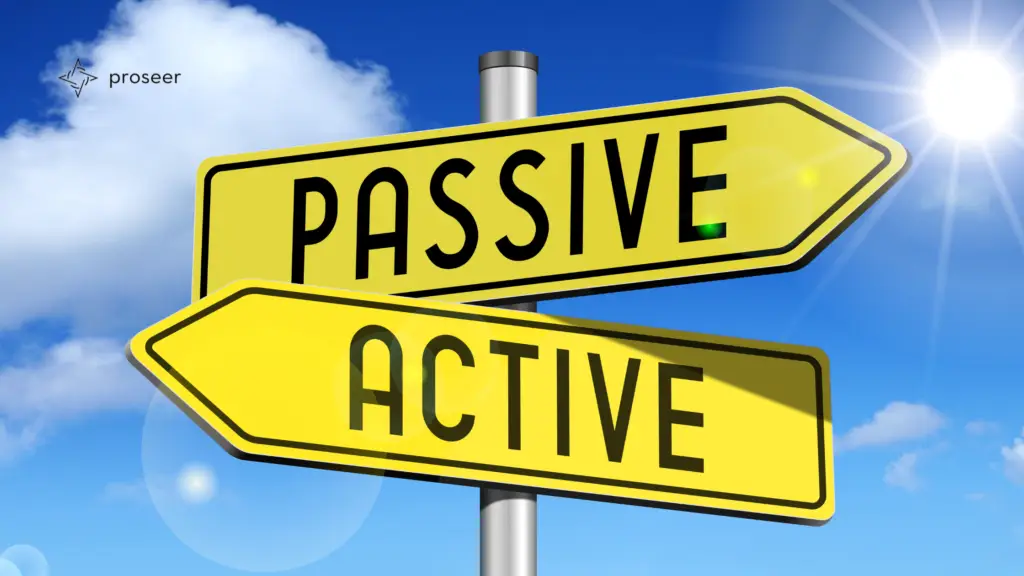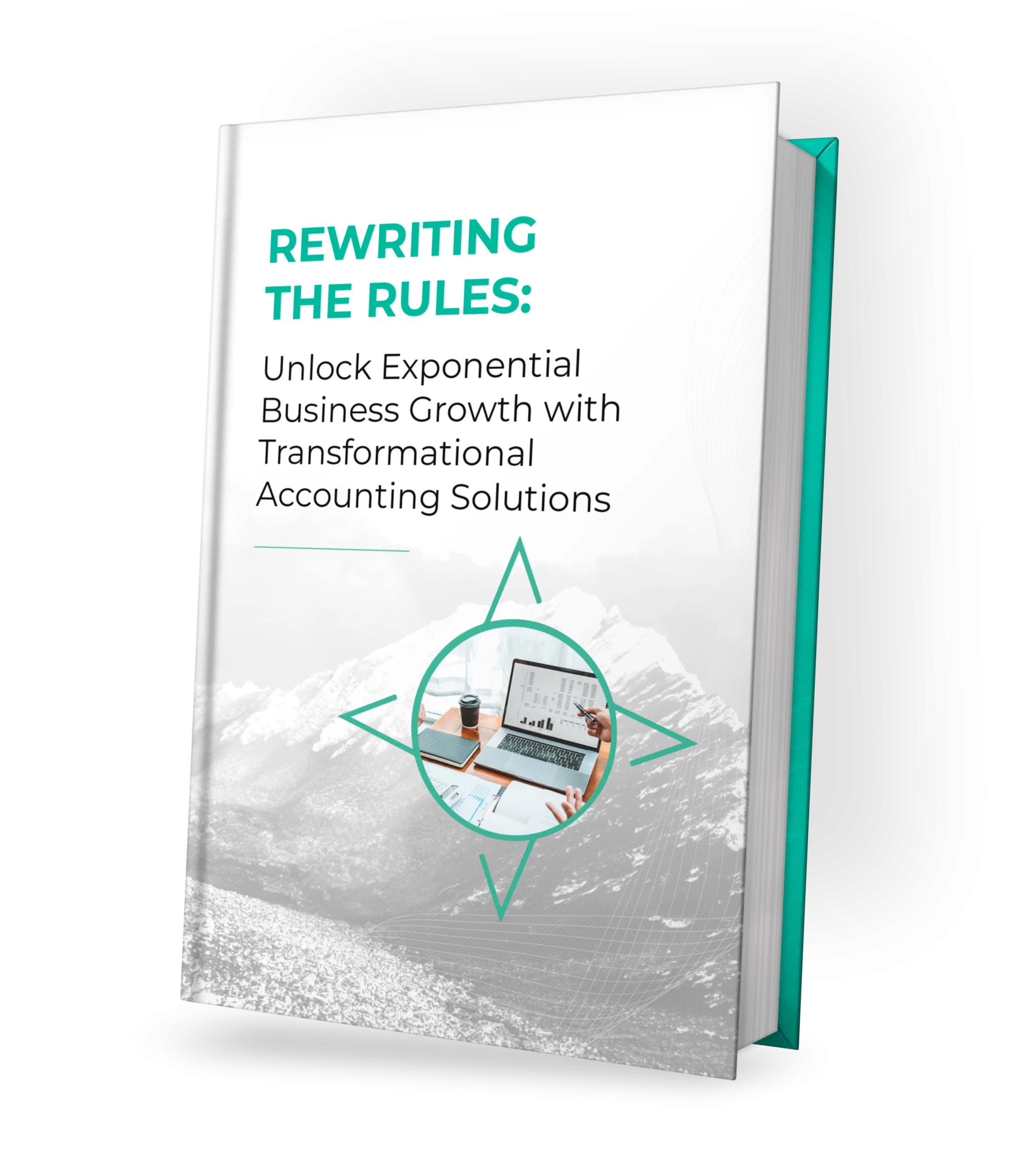The passive activity and material participation rules have important tax implications for anyone who participates in an LLC or LLP. Passive activities are taxed differently than when you are a material participant, and b a passive vs. material participant can be better or worse depending on your individual tax strategy – a question worth exploring with a tax expert.
Generally, taxpayers are limited in their ability to deduct losses from a trade or business, or real estate activity. If the interest is passive, the passive activity rules only allow for passive losses to offset other passive income (income from other rental properties or trade or businesses that you do not materially participate in), but do not allow the taxpayer to deduct overall passive losses in the current year. Any disallowed losses are carried forward and can be utilized in future tax years against future passive income or upon disposition of the interest.
However, if the taxpayer materially participates in the activity, the activity is not subject to the passive activity loss rules and any current year losses can be deducted. First, though, you need to understand how the material participation rules distinguish between who is and isn’t a material participant. There are seven tests, outlined below. You are a material participant if you pass any one test. Alternatively, you are passive participant if you pass none of these tests:
- You participate for at least 500 hours over the course of the year.
- You are the primary participant – eg. you participate more than anyone else.
- You participate for at least 100 hours and participate for as much or more as the other participants.
- You participate less than anyone else, but you participate for at least 100 hours in a significant business activity, and the sum of all those activities totals at least 500 hours.
- You were a material participant for any five of the previous 10 tax years.
- You are engaged in a personal service activity and have been a material participant in any three of the previous six tax years.
- You participate for at least 100 hours and, based on all facts and evidence, can demonstrate that you participate on a “regular, continuous, and substantial” basis.
It bears repeating that passing any one test qualifies you as a material participant – with one important caveat: limited partners can only qualify as material participants by passing tests one, five, or six.
It’s also worth emphasizing that the IRS takes the passive activity rules seriously and requires material participants to carefully document their activities throughout the year. Not everything counts as material participation, either. For example, time spent as an investor, doing things not customary of an owner, or commuting, do not qualify. Therefore, meeting the passive activity rules means tracking, in detail, what you do with each hour you participate throughout the year.
Following the passive activity rules can be one hurdle, using them to your advantage can be another, and there can be real costs if either goes awry. Proseer is here to ensure that doesn’t happen. Rely on our tax strategists to plan and execute the best possible approach. The right time to get started is now, so contact us.

